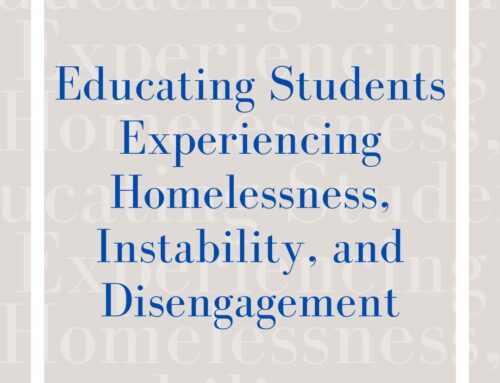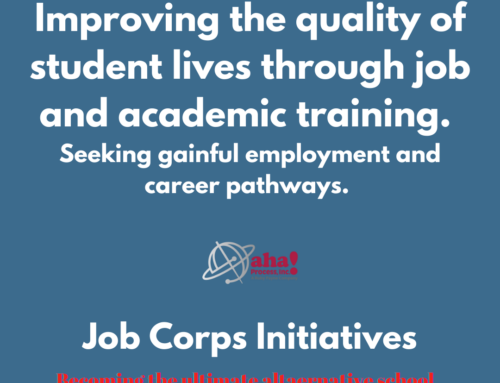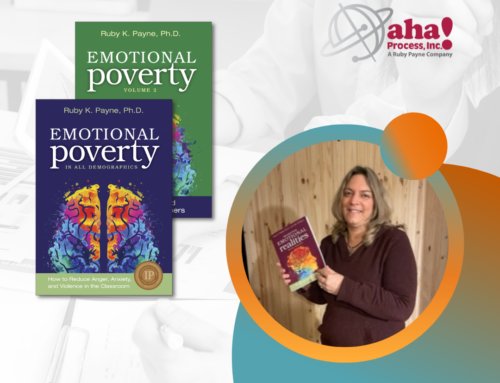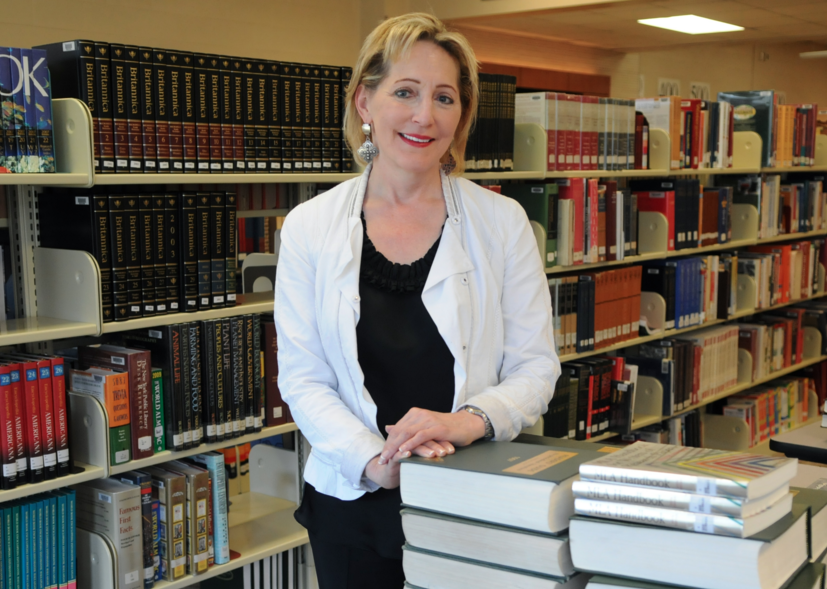 A report was released by the feds recently. According to The Washington Post, $7 BILLION WAS SPENT BY THE FEDS ON LARGELY FAILED EDUCATION POLICIES FOR THE LAST EIGHT YEARS. Overall, there was little change in student achievement.
A report was released by the feds recently. According to The Washington Post, $7 BILLION WAS SPENT BY THE FEDS ON LARGELY FAILED EDUCATION POLICIES FOR THE LAST EIGHT YEARS. Overall, there was little change in student achievement.
Am I surprised that it failed? No. Would it have made a difference if they had put $50 billion into it? No.
WHY? Let’s say that we lived in the Midwest and decided we wanted to go to California, but we went north toward Canada. It would not matter if we circled the globe, we would never get to California that way. And that is what the feds did. They used a model that would NEVER work.
So what was wrong with the model?
IT DESTROYED TEACHERS BY CONFUSING TEACHING WITH LEARNING. Teaching occurs outside the head, but learning occurs inside the head. Allow me to give you an analogy. Let’s suppose that we want to improve the performance of a National Football League team. We watch and video the coach. We give the players a paper/pencil test to see if they know football, and we give them scenarios about football to analyze. BUT WE NEVER WATCH THEM PLAY. Can you imagine how many coaches would quit over the stupidity of such an approach? But that is what happened to teachers. And now we wonder why there is a shortage.
The federal model evaluated teachers ad nauseam, and it tested students on their knowledge and ability to solve written problems, but it NEVER focused on student work. It focused on standards—what the teacher should teach. It didn’t give guidelines or samples of what a first-grader or a senior in high school could do. I was in a low-performing school observing a sixth-grade teacher. The standard on the board was for students to understand character development. What were the students doing for work? Coloring in a coloring book. Student learning is always represented in their work. I think it is very interesting that Google is now asking prospective employees to do “work”—i.e., design a tech approach to a complicated problem.
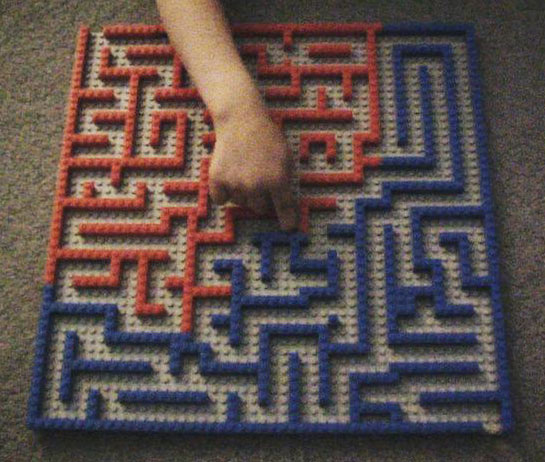 IT DESTROYED STUDENTS BY DEMANDING THAT THEY FOLLOW A COOKIE-CUTTER MODEL. I often ask individuals in my audiences who have more than one child to raise their hands. And then I ask them this question: What would happen if you tried to make them all alike? There is usually an explosion of laughter. They know it is impossible. But not the feds. They decided that EVERY STUDENT at the high school would excel in math and science. To get a high school diploma—in most states—you have only one elective a year AND if you failed a class, you lost that elective. So if music was your love, TOO BAD FOR YOU. If being a chef was your dream, TOO BAD FOR YOU. The amount of talent that was never developed is criminal.
IT DESTROYED STUDENTS BY DEMANDING THAT THEY FOLLOW A COOKIE-CUTTER MODEL. I often ask individuals in my audiences who have more than one child to raise their hands. And then I ask them this question: What would happen if you tried to make them all alike? There is usually an explosion of laughter. They know it is impossible. But not the feds. They decided that EVERY STUDENT at the high school would excel in math and science. To get a high school diploma—in most states—you have only one elective a year AND if you failed a class, you lost that elective. So if music was your love, TOO BAD FOR YOU. If being a chef was your dream, TOO BAD FOR YOU. The amount of talent that was never developed is criminal.
IT DESTROYED PRINCIPALS AND ADMINISTRATORS BY MAKING THEM MANAGERS AND NOT LEADERS. All of a sudden there was a decision that the teacher was the most important element in learning and that the leadership was not important. Can you imagine someone saying in business, “Well, the reason the business is failing is the employees?” No. The conversation would be about leadership. I can tell you … I have been in thousands of schools (yes that is correct), and if there is a school where children are excelling it is because of the leadership. EVERY TIME. Who hires the teachers? Who oversees the vision for the school? But instead of developing leaders, all the administrative development was around technicalities (administering the teacher assessment, tracking data, dealing with legal matters, safety issues, etc.)—i.e., being a good manager. Leadership development was literally abandoned.
IT MULTIPLIED THE LEVELS OF INSTABILITY IN SCHOOLS FOR STUDENTS WHO COME FROM UNSTABLE ENVIRONMENTS. Over 50% of all students in public schools come from poverty. Poverty is characterized by instability—food insecurity, housing insecurity, high mobility, often unsafe and unpredictable neighborhoods, relationship instability. Students from poverty desperately need stability. Planning requires a certain level of stability of resources. Learning requires the same.
And so what did the feds do? They made schools even more unstable. You don’t make the scores we want in two years? You’re out. Bring someone new in. The beginning teacher is struggling her first year? Let’s not provide her support. Let’s get rid of her—evaluate her out. So she just quits or finds a school where teaching is saner, which is one of the reasons why many students from poverty have “beginning teachers” all of their school life. I worked with one district that had five superintendents in five years. The average superintendent lasts 2½ years in one district. In The Growth of The Mind and the Endangered Origins of Intelligence, Greenspan and Benderly say that all learning is double coded—both cognitively and emotionally. When relationships are constantly churning, however, learning is significantly reduced.
So what did the feds do? They took students from unstable environments and put them in unstable schools.
LAST BUT NOT LEAST, IT LET SCHOOL BOARDS OFF THE HOOK. (By the way, it does not matter if it is a charter school, a private school, or a public school. They all have boards.) School board members represent the good, the bad, and the ugly. The good ones are those who act in the best interests of the students. The bad ones sleep at board meetings, monopolize meetings with mindless chatter, do not read the minutes, and rarely show up at school events. The ugly ones have an agenda/vendetta targeted to one issue or person.
Did the feds talk about governance issues, petty fights on the board, spending $3 million on sports fields and arenas while overtly ignoring the educational needs of students? Did they talk about the board members who get sponsored by the union and are in their pocket? Or the board member sponsored by a business so the taxes stay low? Did they talk about the board member who will vote for anything the superintendent wants as long as he does not fire the board member’s sister who is an incompetent teacher? No. Virtually all the blame was put on the teachers.
WHAT SHOULD WE BE DOING INSTEAD?
- Make teaching and learning fun again for teachers and students. True learning is a joy. It is driven by curiosity and interest and only really works when the learner has a voice in the process. Learning is not a regimented, exactly measured process.
- Focus on the work that students do. Take actual student work at each grade level and identify finished work as beginning, developing, capable, and expert. That way everyone knows what work should look like and what the goal is: to become more expert. The goal is not to get a certain grade or a certain test score but to become more expert. High Tech High in San Diego is very much focused on moving to expertise.
- Allow students to follow their talents and passions. They will learn math and science if it helps them be better at their passions.
- Change teacher certification so that they must recertify every five years in front of a board of practitioners with the training they have received and portfolios of student work. Part of that certification is a series of internships as they begin to teach.
- Do what Finland and Singapore do. They pay teachers very well and accept only the top 10% of applicants for teacher programs. Those countries believe that teachers are their future, and so they want and find the best.
- Focus on leadership at the board and administrative level.
It will take 20 years to turn it around. Ask Finland and Singapore. We can do this.
Click to learn more about Ruby Payne.

